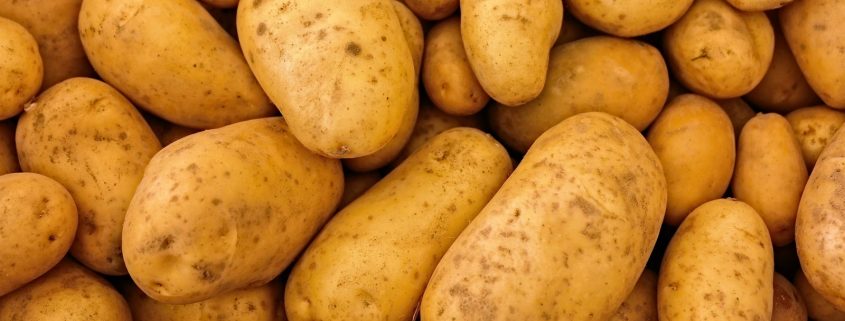Promises Implied and Promises Bought
Have you ever noticed how the words “imply” and “infer” often (if not usually) carry a negative connotation?
“Are you implying that I…” she said, indignantly.
“Certainly not! You may have inferred that, but it was not at all what I was saying!” he responded.
The problem becomes more obvious (and more complex) in a marketing context. In fact, it sometimes constitutes grounds for litigation. “Your Honor, the makers of this ladder clearly implied, in their literature, that the ladder would be safe if…” And the rest belongs in a television courtroom.
But as consumers, we encourage the practice of deceptive implication every time we purchase an item with claims that appeal to our hopes or ambitions, but should not appeal to reason.
Three commonly available items might fit that description:
One could be super-oxygenated water, which has been sold under names like “O2go” or “O2Cool” “hiOsilver,” and many others. These drinks claim to contain purified water with “extra” oxygen. Now obviously, the extra oxygen is suspended in the water and not chemically bonded to it. The chemical composition of water, as we should all remember, is H2O. It’s the most abundant compound on the surface of the Earth, or for that matter, in the human body. Bonding an extra oxygen to water produces H2O2, more commonly referred to as “hydrogen peroxide,” typically used as an antiseptic (for small external wounds) or a bleach. The motive appeal of these super-oxygenated water products is that they provide extra oxygen, which improves fitness, health, flexibility, mental acuity, and so on. People buy these products because they genuinely want the benefits offered. Yet their minds should tell them that, if they aren’t getting enough oxygen, they should simply inhale!
Another product whose claims defy reason is “low starch potatoes.” Now, there are credible sources that have documented the differences in starch content among various varieties of potatoes. And those of us who are concerned about our weight may have a justifiable interest in lowering our starch intake. But let’s not forget where potatoes fall on the food chart: they are starches, all of them. So rather than chase the snake oil of lower-starch potatoes, wouldn’t it be better to eat less potatoes? Or, if you need the volume in your diet, puree them with something more healthy, like cauliflower? Yet, someone must be buying these “low starch” potatoes, because they keep showing up in the grocery store.
Of course, I am no more immune to erroneous inference than the next consumer, and as I sit to write this blog, I am drinking tea with “fat-free half and half.” Why do I buy half and half for my coffee or tea? Because it makes the tea taste better than nonfat milk, the only alternative in my house. Besides, half and half makes the tea look better, thicker, creamier, a prettier shade of brown.
But the term “half and half,” when it’s not referring an alcoholic beverage, implies “half milk and half cream.” And so, because I want to believe, I infer that the manufacturer of this product has found the magic formula that completely removes fat from cream (which is, by nature, just as much a “fat” as potatoes are a “starch”). So, I conclude, the fat free half and half must be a healthier alternative to the regular half and half. Until I read the label and find that my fat-free half and half is made up almost entirely of milk and… corn syrup. Oh yeah – that’s a whole lot healthier, isn’t it?



